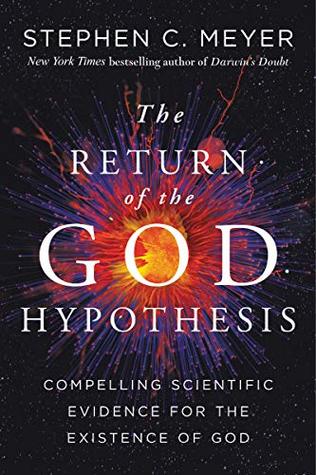Any larger-scale changes would have to be built slowly from a long series of smaller-scale, heritable variations. Significant changes to organismal form and function would thus require many hundreds of millions of years. That is precisely what appears unavailable in the case of many salient episodes of evolutionary innovation, such as the Cambrian explosion (Fig. 10.1), the angiosperm (flowering-plant) “big bloom” during the Cretaceous (130 million years ago), and the mammalian radiation in the Eocene period (about 55 million years ago). Darwin hoped the mystery of the missing ancestral
...more
Welcome back. Just a moment while we sign you in to your Goodreads account.


